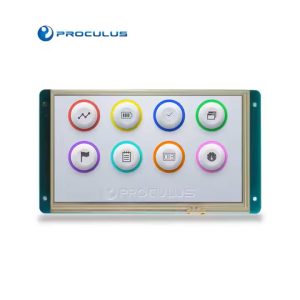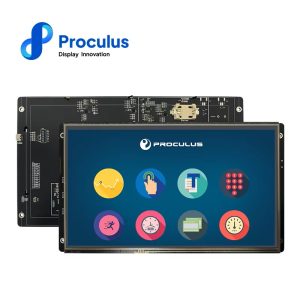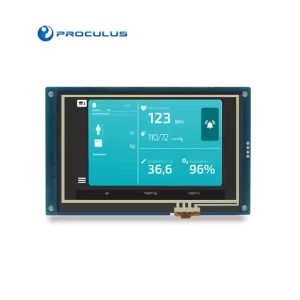Application Scheme of UART Screen on Ventilator
A ventilator is a crucial medical device that can prevent and treat respiratory failure, reduce complications, and save and prolong the lives of patients. In modern clinical medicine, it is widely used in various types of respiratory failure, anesthesia during major surgeries, respiratory support therapy, and emergency resuscitation as an effective means of artificial replacement of autonomous ventilation function, occupying a very important position in the field of modern medicine.
New mode of UART screen ventilator
-
More professional service with exclusive 1-to-1 guidance.
-
Better compliance and more comfortable experience with persistent use.
-
Real-time transmission of data, real-time feedback, and real-time adjustment.
(1) The general working detection test of the ventilator is good.
(2) The interface design of the ventilator is perfect.
Highlights of the UART screen solution for ventilators
-
The ventilator mainly adopts medical-grade standard design with a UART module: medical grade > industrial grade > commercial grade > consumer grade.
-
It adopts a high-performance processor, and the screen runs faster, and it can run when powered on.
-
Supporting LUA script programming, internal running logic and algorithms to reduce communication frequency.
-
Through numerous rigorous tests required by clinical medicine, such as EMI radiation, high and low temperature, microwave interference, coil interference, and group pulse.
Advantages of the UART screen ventilator solution
-
It supports any national language worldwide, only one set of graphic UI, and one-click language switching.
-
The UART screen ventilator supports script programming, with internal running logic and algorithms to reduce communication frequency.
-
It has low power consumption, the backlight is the darkest mode, and the processor runs at about 0.4W at full speed, and about 0.17W in sleep mode.
-
It supports various modes such as remote upgrade of images and firmware, incremental upgrade, and upgrade during operation.
-
The panel adopts compatible brands.
The UART screen system software is developed based on different UART screen hardware, and the system software mainly consists of display driver module, project file parsing module, touch screen driver module, UART communication module, instruction parsing module, storage module, etc. The modules such as the 4.3 inch TFT display work together to complete the decoding of project files, parsing and executing project configuration, images, videos, LUA scripts, etc. Through the matching configuration software, it has all the controls needed for interface design. Users only need to write a little code to complete the interface design, truly embodying “zero code.”
Currently, the UART screen is widely used in dozens of industries and fields such as industrial automation, power, telecommunications, environmental protection, medical care, finance, petroleum, chemical industry, transportation, energy, geology, metallurgy, public query and monitoring, smart home appliances, transportation rails, data rooms, charging piles, electric medical care, national defense security, and shared equipment.

 English
English


